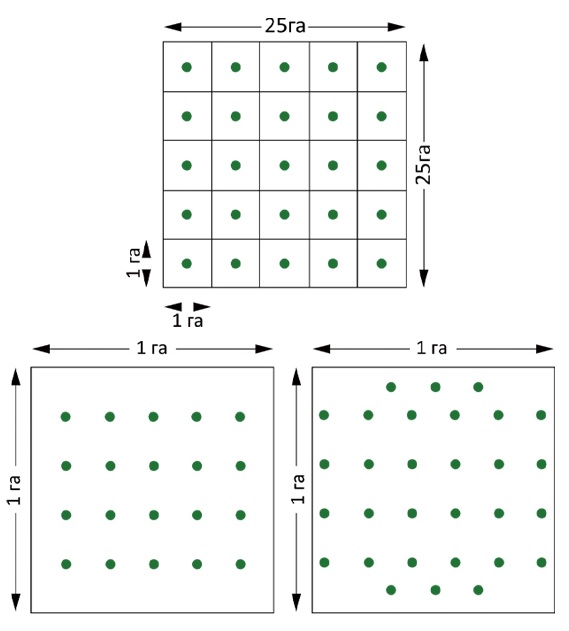Catalogue of traps and pheromones
Download traps and pheromones list

Download document
1.02 mb
Thrips, is one of the most dangerous pests of cultivated plants, as well as a vector of viral plant diseases. Quarantine pests. It is found everywhere.

Phytophages, at the stage of larvae and imago feed on cellular tissue juice (on flowers and leaves). Under good climatic conditions, they produce up to 12-15 generations per year. The development of a single generation can last from 12 to 35 days.

In places of invasion, thrips winter in greenhouses, and in warm regions in the open ground. There are several stages of development. The female, piercing the leaves (flowers, stems, fruits), for a month lays about 300 eggs in them. Eggs develop in 2-4 days at +25 °C (up to 11 days at +15 °C). Two larval stages feed on leaves, two more pupal stages (pronymph and nymph) develop in the soil, and then after 1-3 days an adult imago stage appears, capable of reproduction.
It causes damage to ornamental plants, as well as reducing the yield of fruit, vegetable and some other crops (cotton, pepper, cucumber, onion, strawberry, grapes, peach).

Yellow necrotic spots appear on damaged leaves, and the tissues dry up. As a result, the leaves wither and fall off. The stems on such plants are bent, and the fruits are deformed. Prefer different types of roses, chrysanthemums, carnations, gerberas, cyclamen, Saintpaulia, pelargonium, baby's breath, cineraria, and cucumbers. It can carry dangerous viral diseases of plants, such as Tomato spotted wilt virus.
Proper use of Pheromone Traps:
The pheromone trap is designed to monitor and reduce pest numbers. In order to determine the population density of pest insects and to identify pest outbreaks (monitoring), it is recommended to use 1 trap per 1 ha.
The trap should be placed as near the culture at the middle of the plant. Prior to the first flight of the thrips, the traps must be checked on a daily basis, and after the first thrips have been captured, the traps must be checked every 5-7 days. Pheromone dispensers can be changed after 4-6 weeks and sticky tapes can be replaced when is full with pests and dust. Protective measures are based on the results of the monitoring of population density of pest insects.
Trap placement:
For mass capture and sterilization of males, it is recommended to have more than 20 traps per hectare in opened field. In case of a large number of pest insects use 30 traps per 1 ha in opened field. In greenhouses it is recommended to have more than 15 traps per hectare. In case of a large number of pest insects use 20 traps per 1 ha.


Download traps and pheromones list

1.02 mb
Review our catalogue of pheromons and semiochemicals by chemical name

525.1 kb